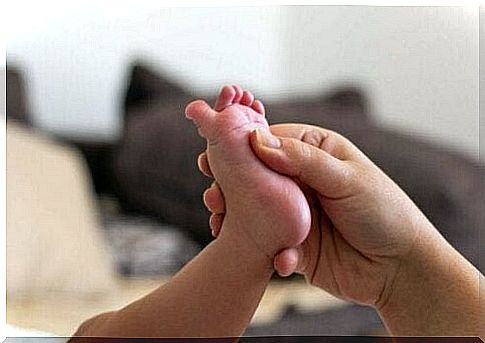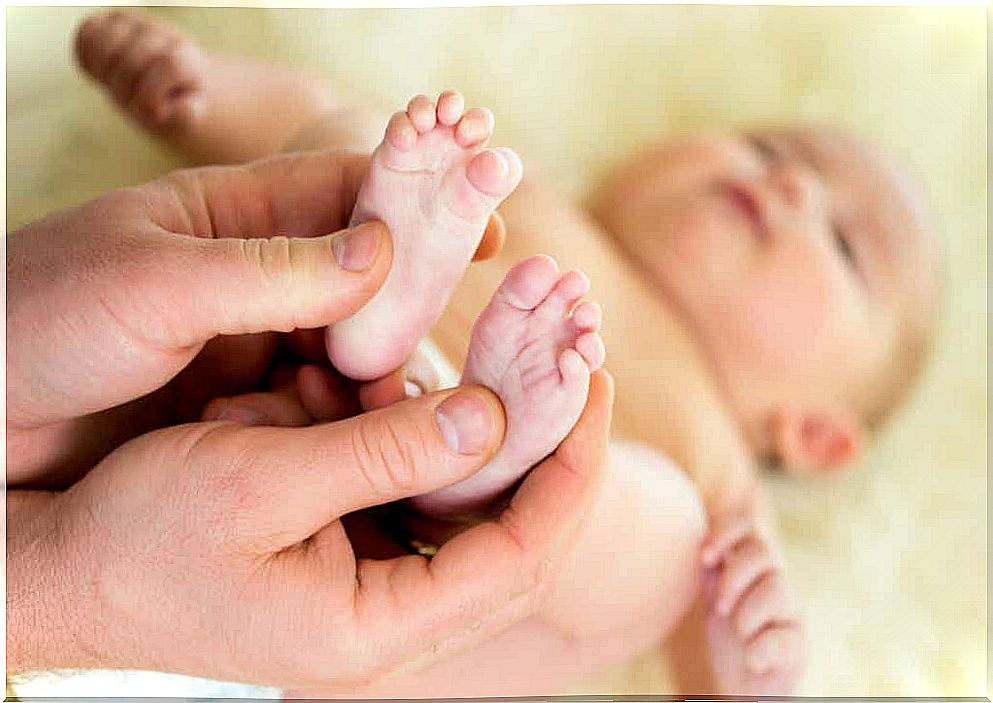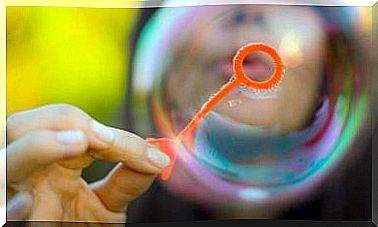Description And Characteristics Of The Babinski Reflex

The Babinski reflex is a primary reflex in babies. In other words, it is an automatic response from the moment of birth. It’s a bit like other well-known reflexes, for example sucking. It ensures their survival. But what exactly is it?
Today’s article will show you how professionals evaluate the Babinski reflex, as well as when to use it to diagnose a potential problem.
Primary Reflexes in Infants
Reflexes are automatic responses that are triggered by an external stimulus. The French physician Jean Astruc, who compared these automatic reactions to the impact of a beam of light in a mirror, coined the term.
Health professionals and parents alike keep a close eye on these reflexes. The main reason is that they directly record a baby’s neurological health and possible future problems. In fact, the Apgar score evaluates them as a direct indicator of a newborn’s health.
The baby’s primary reflexes are those produced at birth and then disappear. Gripping objects with their fingers, the sucking that facilitates the production of breast milk, swimming and the Babinski reflexes are examples of this. The latter is discussed in more detail in today’s article.

The Babinski Reflex
This reflex is also known as the baby’s soles reflex because it is activated when you rub the soles of the feet with a flat instrument. What happens is that the baby automatically creates an extensor reflex in the hallux, popularly known as the “big toe.” As a result, the rest of the toes will fan out at the same time.
The reason for the Babinski reflex in infants, and in most mammals, is for foot protection. In fact, this movement can extend to other limbs, such as the legs. Moreover, the polysynaptic pathways in the spinal cord regulate this.
One can use other variants to confirm the Babinski reflex after obtaining an ambiguous reflex response. One of these may be Achilles heel stimulation, more commonly known as Schaefer’s variant. Also, the Gordon variant reflex can replace the Babinski reflex. It consists of applying pressure to the calf muscles of the child.
The Babinski reflex is either a sign of normality or an anomaly
As we mentioned above, the Babinski reflex is present in infants from birth. It usually disappears around the age of twelve months. However, it can take up to the second year.
Babies have not yet reached sufficient biological maturity and that is precisely why they have this reflex. Its absence in the early years is due to a disease of the central nervous system or spinal cord. Some developmental delays or spinal cord injuries, among others.
Infants reach sufficient biological maturity and develop the negative Babinski reflex, which persists throughout adulthood. In this case , the same pressure on the sole of the foot triggers a reflex where the toes turn inward and the heel bone moves away from the midline of the leg.
As in infants, the absence of the negative Babinski effect in adults is due to nervous system disorders.

The Babinski Reflex: Instinctive Power in Infants
As you can see, primary reflexes in babies are reactions that are out of the baby’s control and appear from the moment of birth. These primary reflexes have a primitive function that promotes infant survival. Therefore, his biological baggage protects the human species.
This reflex is activated when you put pressure on the baby’s sole. It leads to an automatic reaction of the toes. There are other alternatives in detecting ambiguities in this response, such as Gordon or Schaefer variant reflexes.
After two years, this reflex changes into the negative Babinski reflex. Plantar stimulation now produces flexion and not extension. The fact that the two variants occur at different developmental ages are signs of disorders related to the central nervous system or spinal cord.
Reflexes in infants and adults, such as the Babinski reflex, emphasize the human survival instinct. In fact, infants are one of the most biologically immature species. However, primary reflexes show that they are somehow also prepared for adversity. In short, babies are not as vulnerable as you may think.







